
Parts of a washing machine: a quick guide
While all appliances are valuable units built to make our lives easier and run our households more efficiently, washing machines are a workhorse that can take piles of dirty laundry and magically make them disappear. And while it’s not actually magic, their ability to deliver clean clothes with minimal effort makes them an indispensable part of your home.
What are the parts of a washer?
Select a link below to jump to each washing machine part and learn about its function. You can use the washing machine parts diagram to get an idea of where basic parts are located inside a washing machine. Exact locations may vary from top to front load machines, as well as model to model.
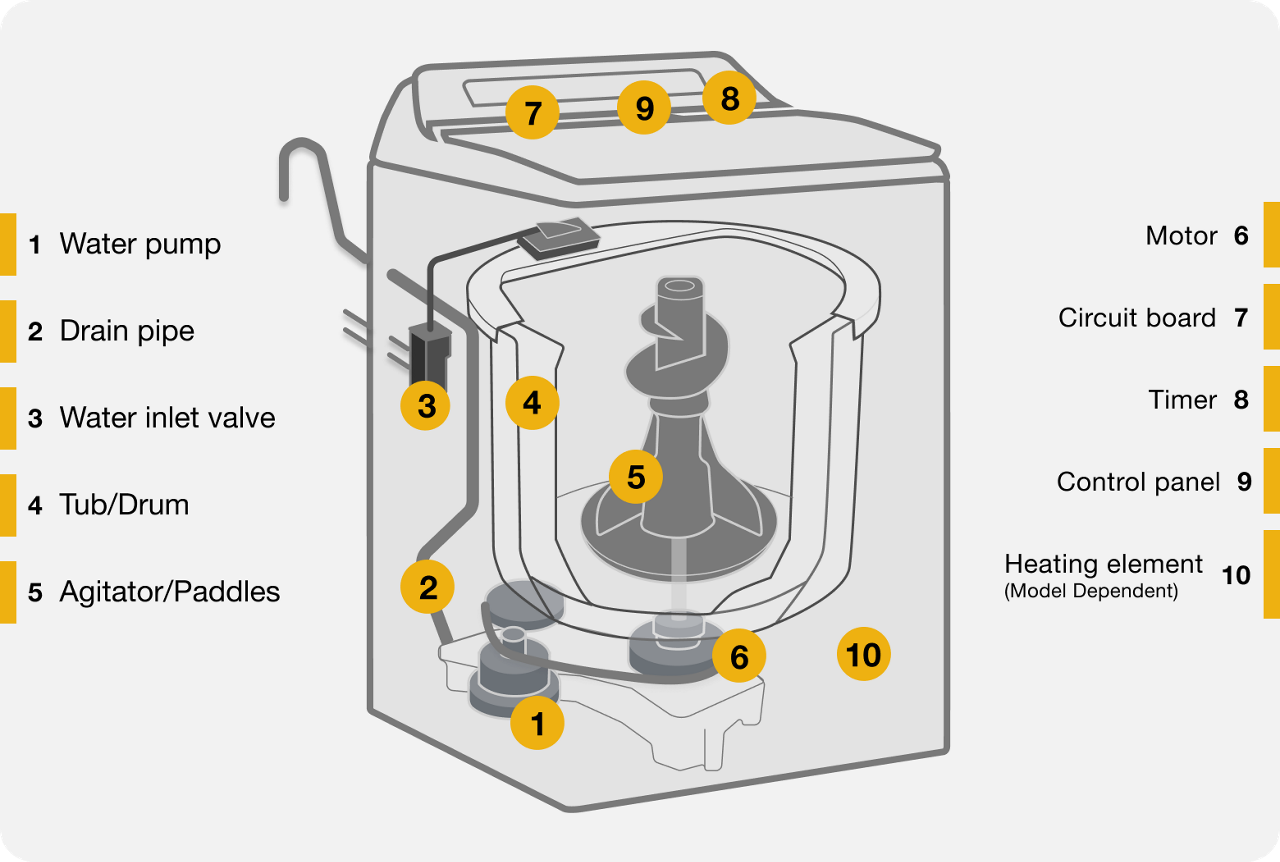

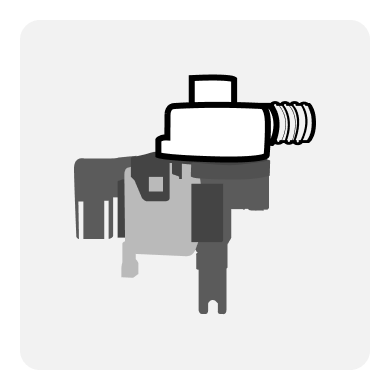
1. Water pump
The water pump is located inside the washer, so you can’t actually see it. The pump has a double duty of circulating water during the cycle as well as draining the water once the cycle is complete. Some machines may have two different pumps–one that just pumps water, and one that drains. This will vary by model of the washer.
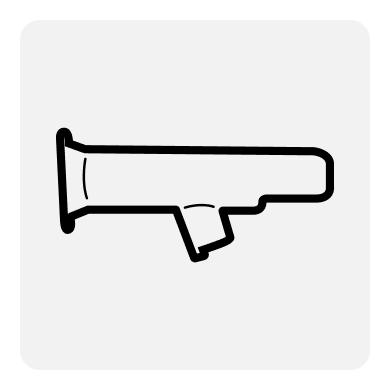
2. Drain pipe
Usually sitting close to the drain pump, the drain pipe will rid all the dirty water from washing a load of laundry out of the tub.
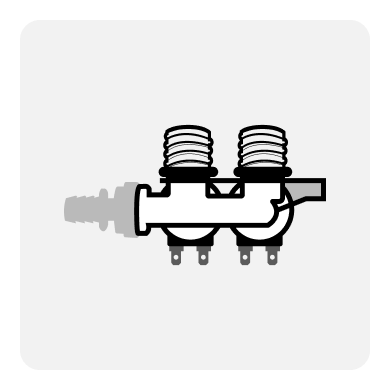
3. Water inlet control valves
Located near the water inlet point. These valves open and close depending on the size of the load and how much water needs to be dispensed for a wash cycle.
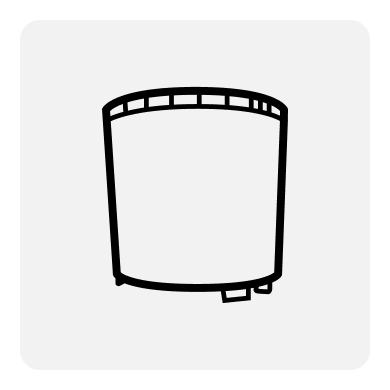
4. Tub/drum
There are technically two tubs in your washer. The first one is a movable, perforated tub where the clothes are placed. The perforated surface allows for water to come in and out during the cycle. The outer tub supports the inner tub and also holds water during the washing cycle.
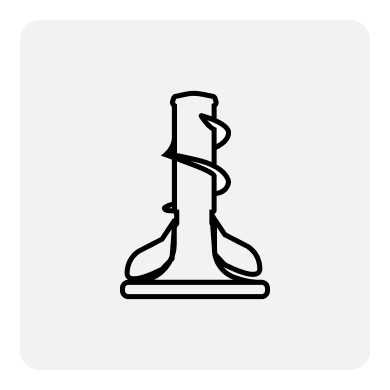
5. Agitator/impeller/lifter
Whether you have an agitator or impeller depends on the model of your washing machine. Regardless of what kind you have, they are located on the inside of the inner tub of your washer, and they are an essential part of cleaning your clothes. Their movements cause clothing to move and rub against each other, which in turn lifts dirt and stains from fabric.
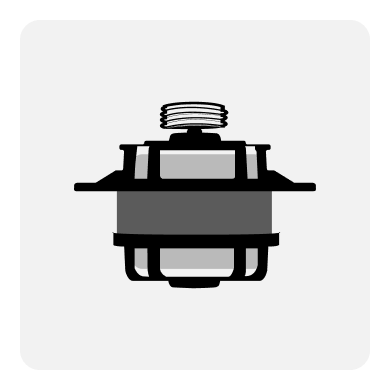
6. Washing machine motor
The washing machine motor powers the movement that causes your agitator, discs or drum to rotate as your machine runs through a cycle.
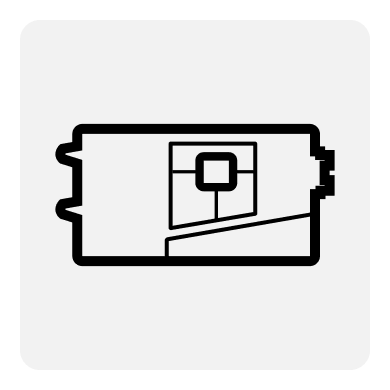
7. Printed circuit board
The printed circuit board (PCB) is the brains of the washing machine. It commands the control panel and wash cycles, as well as firing off the different electronic parts that are needed for your washer to do its job. The PCB is also responsible for water levels, how much detergent is dispensed and other functions your washing machine may have.
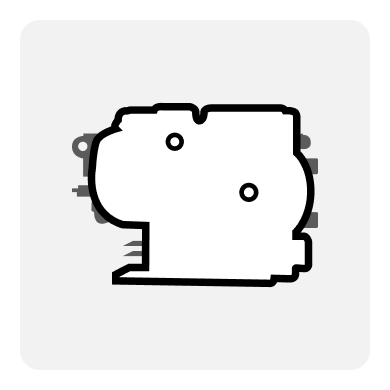
8. Timer
Timers on washing machines can either be set manually or automatically, and will set the wash time for your laundry cycles. Not all washers come with a timer, so your washer may not have this feature.
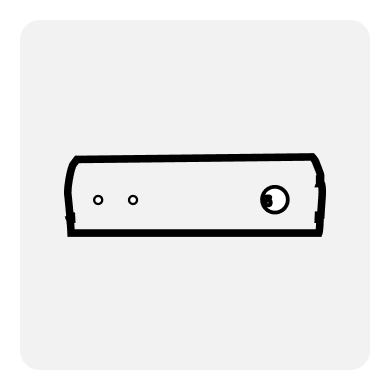
9. Control panel
All your settings and wash cycles will be controlled on this panel, which is either on top or front of the washing machine.
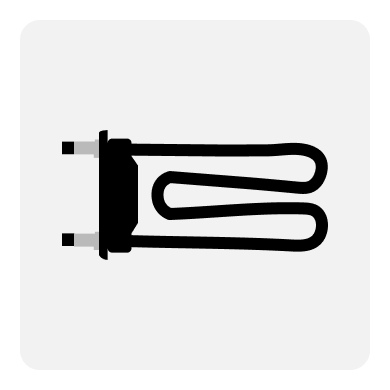
10. Heating element
When using cycles that will run either warm or hot water, this element heats up the water to the desired temperature. Note: Heating elements are model dependent.
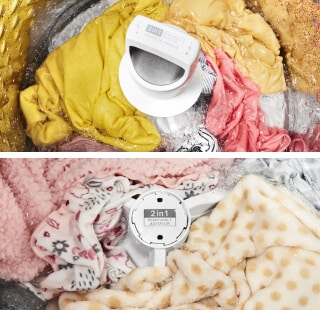
Compare agitators and impellers
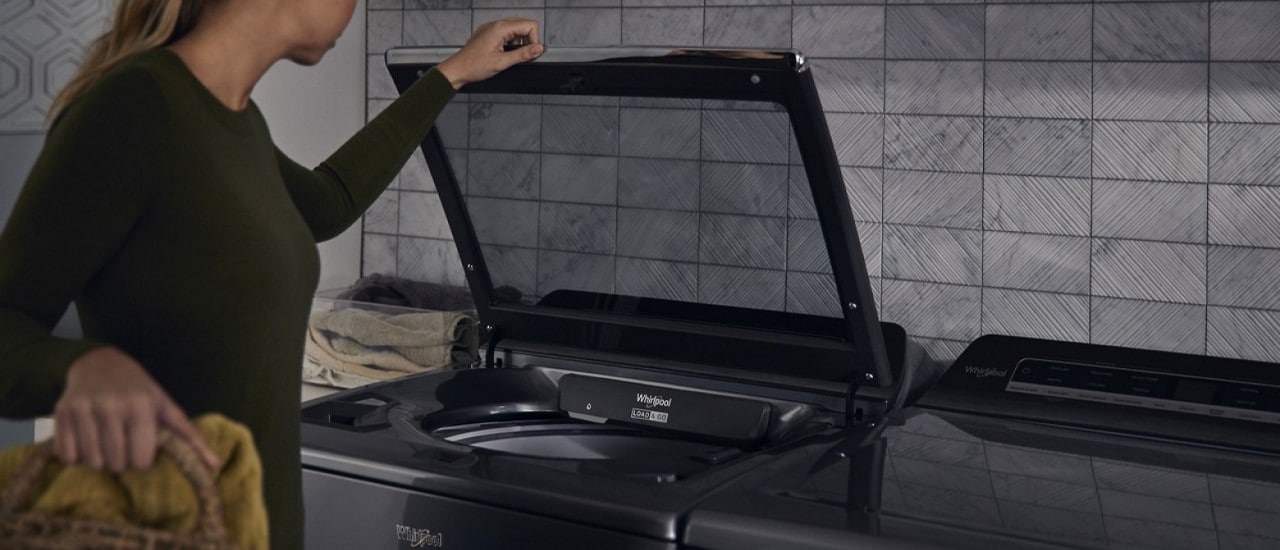

How can I tell if a part is broken inside a washing machine?
Since most washing machine parts are on the inside of the unit and aren’t easily visible, you’ll need to keep an eye out for telltale signs that there is something wrong with your machine. If you start hearing loud banging noises, water isn’t draining properly, or water is leaking onto the floor, you may have a problem. Learn what to do if your washing machine is shaking or wobbling. Additionally, if you start seeing error codes, encounter overly wet loads or dry loads, these could also be signs that your machine may need repairing.
Additionally, if your washing machine’s drum isn’t spinning or the door locks itself shut without opening (for front-loaders), then there might be something wrong with your washer. Check your owner’s manual for information and troubleshooting. And learn how to wash clothes without a washer until you’re able to repair or replace your appliance.
If you’re a Whirlpool® washing machine owner, and you’re not sure where your manual is, use the Appliance Manual Finder to find all corresponding literature for your model. You can also find additional troubleshooting information by checking out Whirlpool Product Help.
Are Whirlpool® washing machine components interchangeable with other brands?
If you’re the owner of a Whirlpool® washing machine and you’re having trouble with some of the components, then you should only use Whirlpool-specific parts with your washer. Using other parts that aren’t Whirlpool brand may damage your machine or void your warranty.
If you’re looking for replacement parts and you have a Whirlpool® washing machine, you can find everything you need on the Whirlpool® Washing Machine Accessories and Parts pages.
Can I repair my own washing machine, or should I call a professional?
While you can certainly try to troubleshoot your washing machine using your owner’s manual, if you’re not well-versed or familiar with washing machine repairs, then it’s probably best to leave it to a professional. Learn more about how to fix your washing machine. For Whirlpool owners, you can schedule a service appointment for appliance repairs.
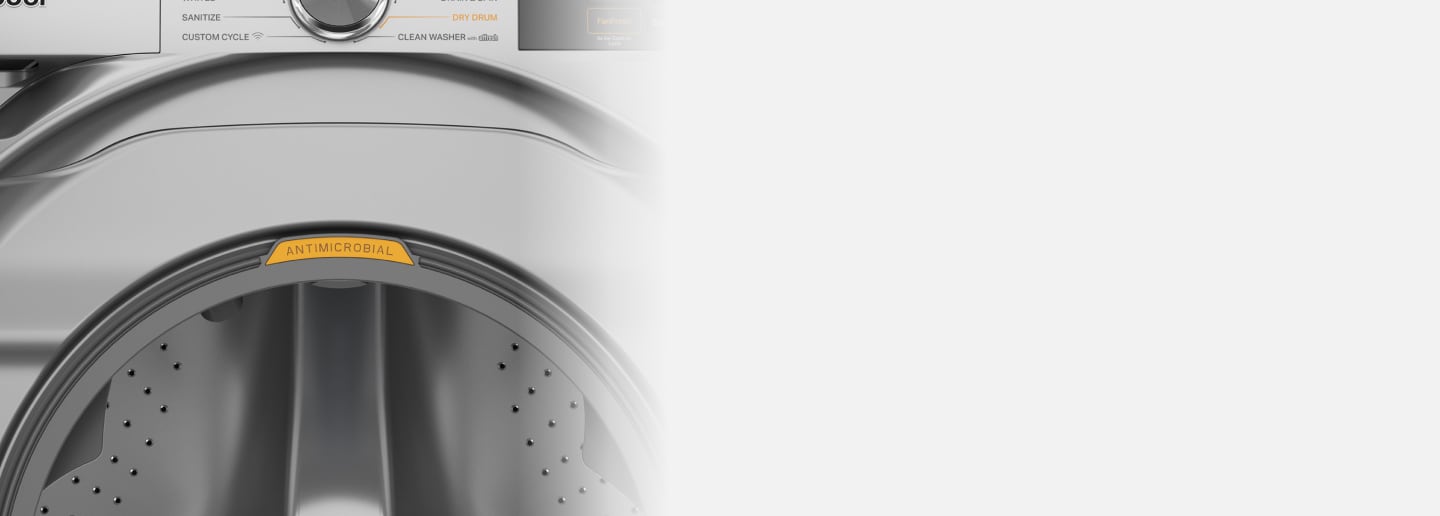
Antimicrobial protection
Help keep your washer & laundry fresh
Help prevent the growth of odor-causing bacteria with an antimicrobial rubber seal, available now on select Whirlpool® Washers
Shop washers from Whirlpool brand
If it's time for a washer upgrade, shop the wide selection from Whirlpool brand to get a clean you need in a style that fits your home and lifestyle.
Was this article helpful? Pass it on


Helping kids stay in school
Learn how Whirlpool helps end the dropout cycle by giving kids access to clean clothes through the Care Counts™ Laundry Program
Explore more from Whirlpool brand


home heartbeat
Ready for more tips, home hacks and appliance guides?

